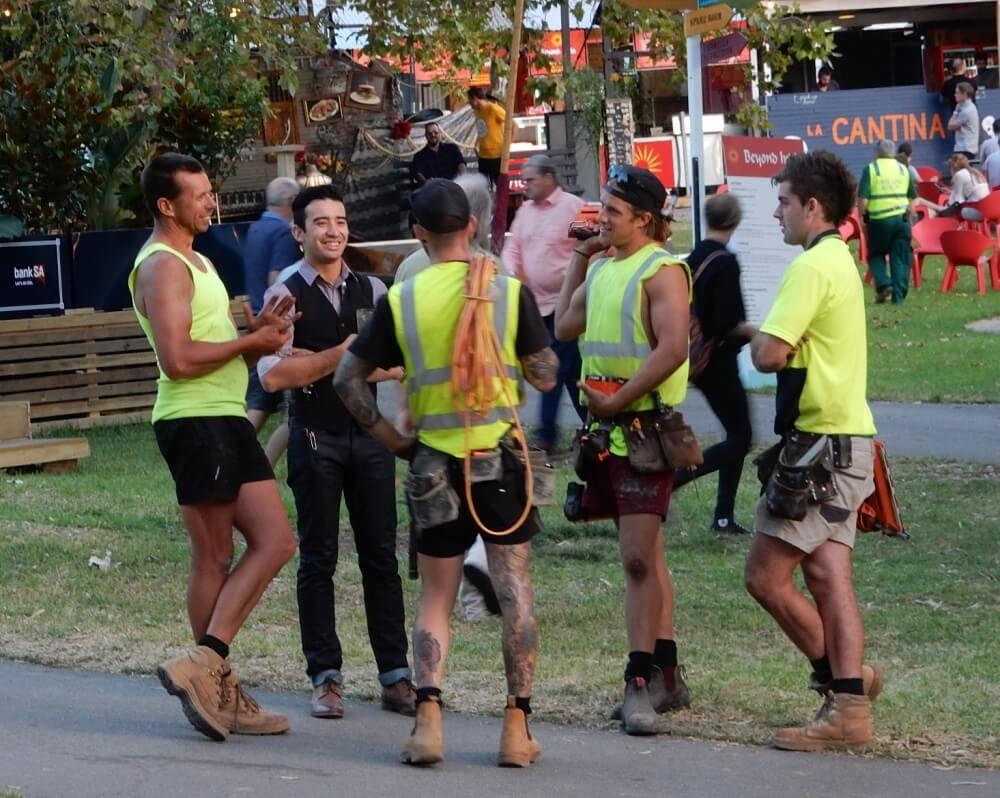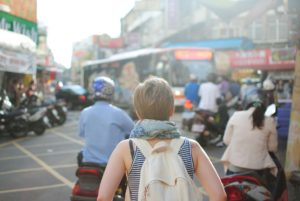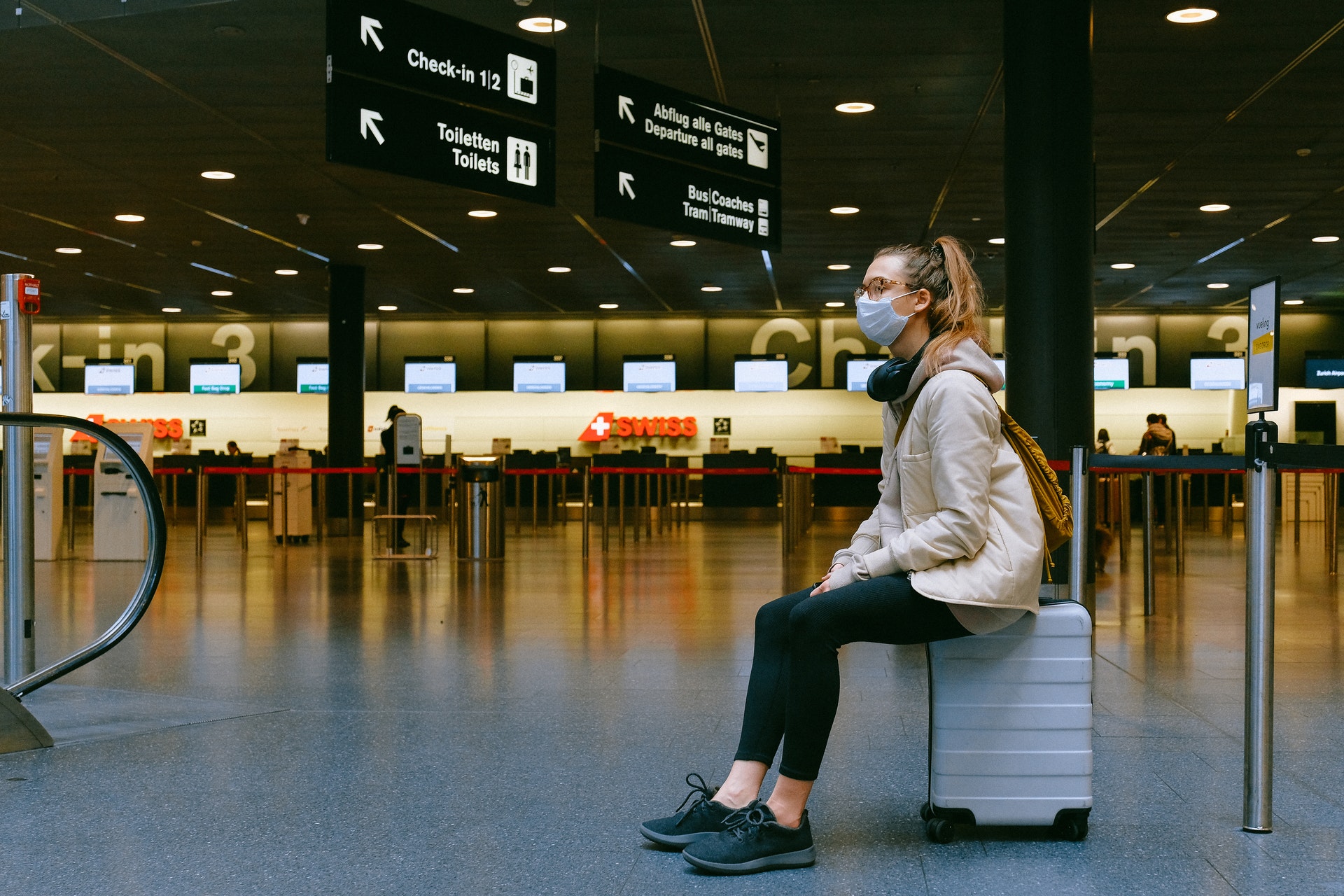In this blog, we take a look on how Australian tradies have to deal with their particular climate and environment, as opposed to their overseas counterparts.
Also, we will offer some advice on how those looking to move to these great shores can do so with Recognition of Prior Learning (RPL).
Weather
If anyone from around the world was asked what came to mind when they discussed Australia, chances are it would be the pristine weather and picture-perfect beaches. Not that they’re wrong, but they have either seen this in the movies, whilst on holiday, or from a postcard from someone else on holiday. When it comes to actually living in Australia – and working – natives can’t exactly live at the beach, and the pristine weather can quickly turn into several sweltering months of hiding in the shade.
Tradies in other countries generally tailor their work schedules around the rain, snow or general inclement weather, for fear their work will be damaged by the elements. In Australia, tradies must think of their employees work around the unforgiving heat.
Working Hours
As mentioned above, Australian worksites contend with harsh heat and sizzling sunrays. In summer, work hours will generally begin as soon as possible and end earlier in the day, to make the most of the cooler mornings and getting out before the sun reaches its most intense. This can be quite disruptive to both workers and customers, but the alternative is far more dangerous.
This is when considering traditional, domestic or commercial tradies. But with mining such a large part of the country’s economy, long hours on rotating swings are required year round to meet the demands. Sometimes this can mean weeks on-site at a time, with 12+ hour shifts in some of Australia’s most unforgiving conditions.
In other areas of the world, however, where the weather is tamer and working schedules aren’t so common place, tradespeople can enjoy more ‘normal’ hours, like the traditional 9 til 5. Winter rain and snow might extended hours on some days with a clearer forecast as opposed to others, simply to meet deadlines, but that will generally come more sporadically.
Work Attire
Varying regulations exist across the world to place health and safety at the forefront of any worksite. Donning hard hats, attaching safety harnesses, steel-capped footwear and a string of others are in place to lessen the risk posed in given lines of work.
That being said, Australia is comparatively hotter than most of the world around the year. While many are tempted to simply strip down layers, this will pose a new threat to the exposed skin, with sunburn and insects a greater threat. As a result, tradies often wear light materials that cover most of their skin, sometimes even with reflective patterns to turn away the sunrays that constantly hit them.
Tradies in other climates may wear long sleeves and trousers to keep out the cold, but even when the heat comes along, it generally isn’t as intense as Australia’s, so they can safely expose their skin without worrying to strongly about cancerous growths or insects (although it is always prudent to take appropriate precautions).
Opportunities
Despite its immense size, Australia is still relatively young compared to other established nations across the world, and is still ‘growing’. New neighbourhoods continue to spring up, cities are being expanded, and the transition into this new age means frequent calls for refurbishment and change – not to mention the lucrative mining booms that swing by every couple of years (and stay for a decade). In short, Australia is abundant with opportunities for aspiring tradies, whereas in other parts of the world, available space might be running out. Economies may leave people without the money to expand and develop. Other professions are simply given more value, based upon the relative situations around them.
Recognition of Prior Learning
If you have moved to Australia from overseas, or plan to do so, and currently work or have previously worked in a trade, you can receive the necessary qualifications to continue to work by using Recognition of Prior Learning (RPL). RPL assessments revolve around presenting a portfolio to a Registered Training Organisation, who will gauge whether you have the skill, knowledge and experience to adequately transfer credits against new qualifications built upon Australian standards.




